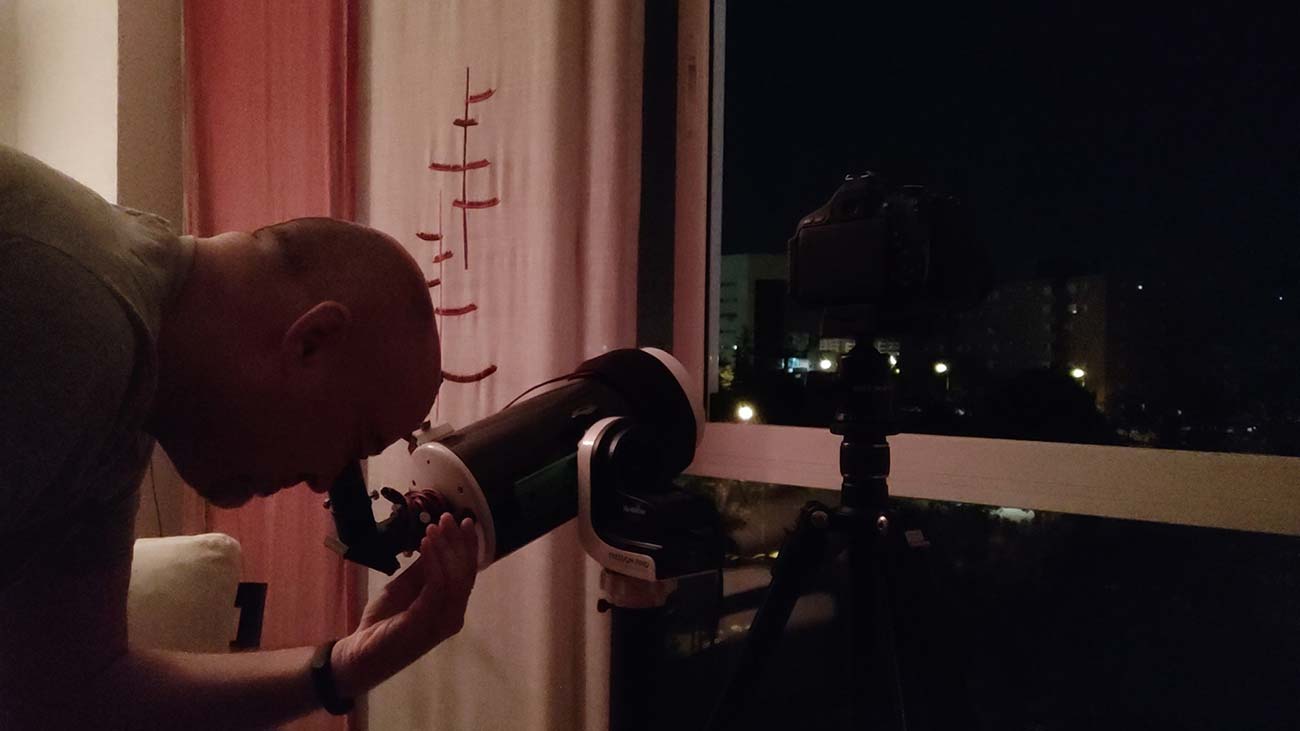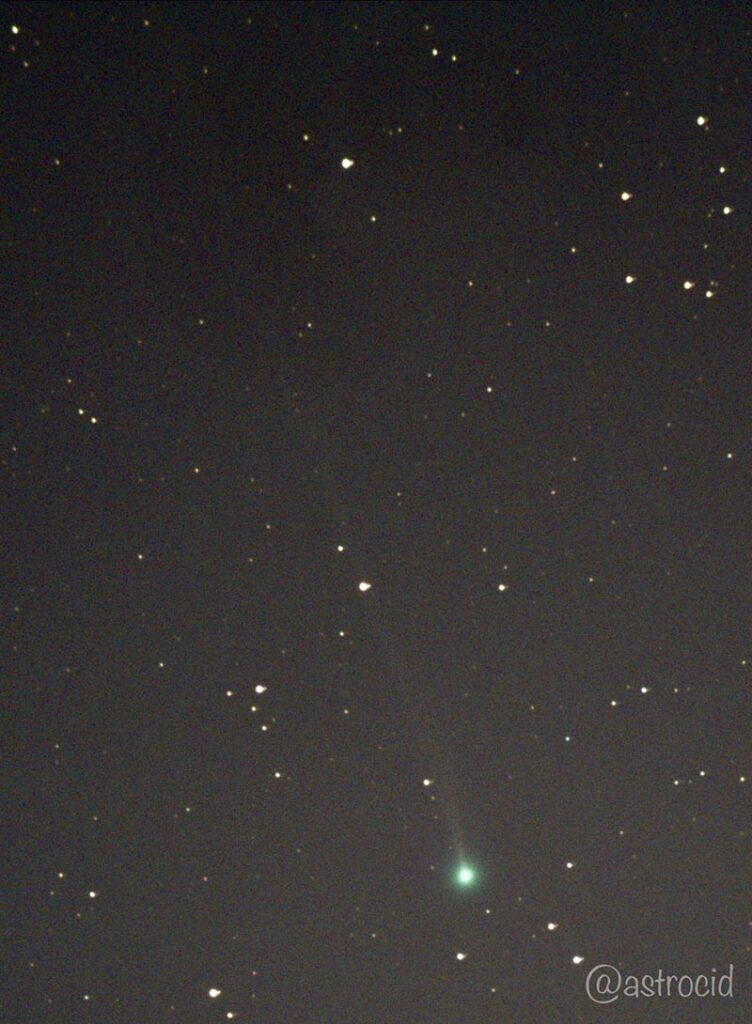[ad_1]
Tucson-based DarkSky International recently hosted its fourth Capture the Dark Photography Contest, presented by Visit Utah, to celebrate photography’s important role in the dark sky movement. The contest received 494 entries from participants worldwide to the 10 categories:
• Connecting to the Dark: Experiencing a natural night provides perspective, inspiration, and leads us to reflect on our humanity and place in the universe.
• International Dark Sky Place: Now over 200 protected lands and municipalities worldwide have been certified by DarkSky as an International Dark Sky Place, creating havens for astrophotographers.
• The Impact of Light Pollution: Light pollution can significantly impact the environment, human health, and our access to the night sky. This category also includes images of terrible lighting, glare bombs, etc.
• The Bright Side of Lighting: Light pollution can give artificial lighting a bad reputation, but lighting that follows DarkSky’s Principles for Responsible Outdoor Light can be beautiful, healthy, and functional.
• Creatures of the Night: Light pollution doesn’t only erase our view of the stars; scientific evidence suggests that artificial light at night has adverse and deadly effects on wildlife, including amphibians, birds, insects and mammals.
• Deep Sky: For thousands of years, humans have looked to the night sky and wondered what is out there. Today, we can take photos of deep space objects from our own backyards.
• The Mobile Photographer: No big camera? No problem! A photo from any of the above categories that was taken with a cell phone, tablet, or GoPro. No DSLR, mirrorless camera or drone shots.
• Youth: A shot for any of the above categories taken by someone 17 years old or younger.
• Utah Dark Skies: A photo taken in one of the most popular destinations to capture dark skies — Utah
• People’s Choice: Voted on by the public.
“This year we saw some of the most beautiful photos from around the world that we have ever seen,” said DarkSky International Program Associate Michael Rymer. “These brilliant views of the night sky show how our place in nature does not stop at the horizon, and that the sky above is as much a delicate and beautiful resource that we must protect and reclaim.”
“Congratulations to this year’s Capture the Dark Photography Contest winners and the awe-inspiring photos,” said Vicki Varela, managing director of the Utah Office of Tourism.
“Astrotourism and dark sky messaging complement our Red Emerald Strategic Plan, which aims to elevate life in Utah through responsible tourism stewardship. Preserving dark skies helps communities establish long-lasting tourism economies and keeps our places Forever Mighty.”
A global panel of judges composed of Imma Barrera, Ian Lauer, Jeff Dai, Parisa Bajelan, Ben Coley, Dr. Lin Qing, reviewed the photos using criteria that included technical skill, composition, connection to the category theme, and “wow” factor.
Winners of each category will receive a prize package that includes a feature in DarkSky’s Nightscape publication, DarkSky’s blog and social media, a DarkSky membership, DarkSky and Visit Utah swag, and a Peak Design Field Pouch.
Additionally, one photograph will be presented with a “People’s Choice Award” based on votes by the public. This winner will receive a prize package that includes a $250 gift card to B&H, a feature in DarkSky’s Nightscape publication, the DarkSky blog and social media, a DarkSky membership, and DarkSky and Visit Utah swag.
To see the winning photos, visit the official website for the photography contest at capturethedark.darksky.org and check out the official announcement on the DarkSky blog.
DarkSky International is a recognized global authority on light pollution, empowering a global movement to protect the night sky. DarkSky restores the nighttime environment and protects communities from the effects of light pollution through outreach, advocacy and conservation. Since 1988, its global community of dark sky advocates have protected more than 200 International DarkSky Places, enacted dozens of responsible lighting policies, and raised awareness of light pollution on every continent.
[ad_2]
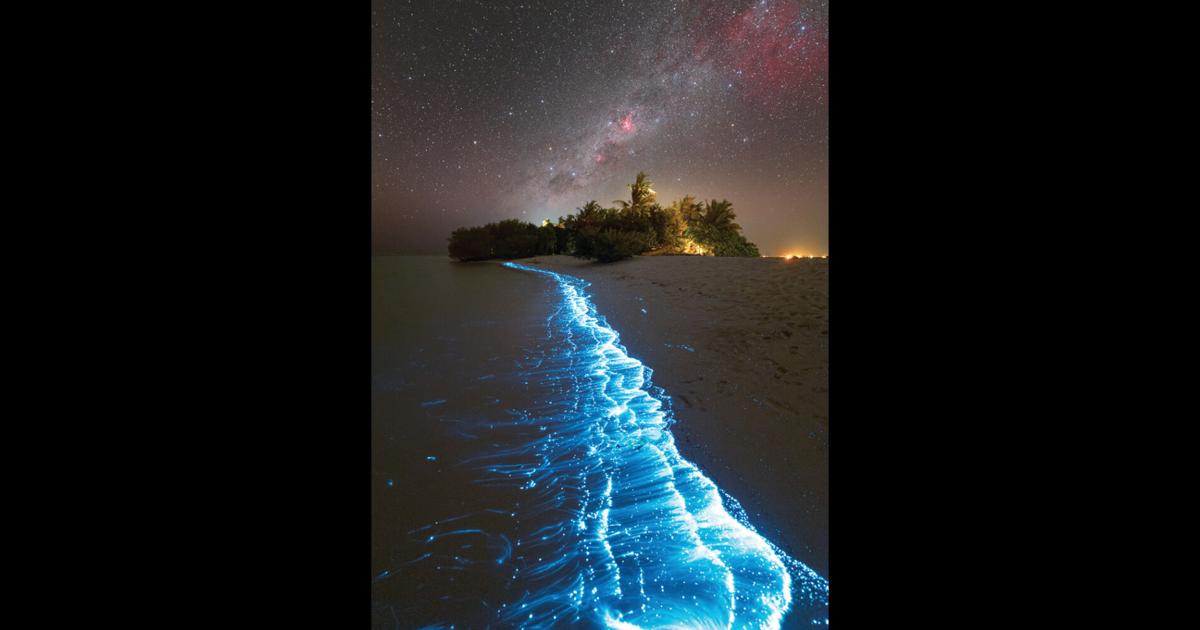
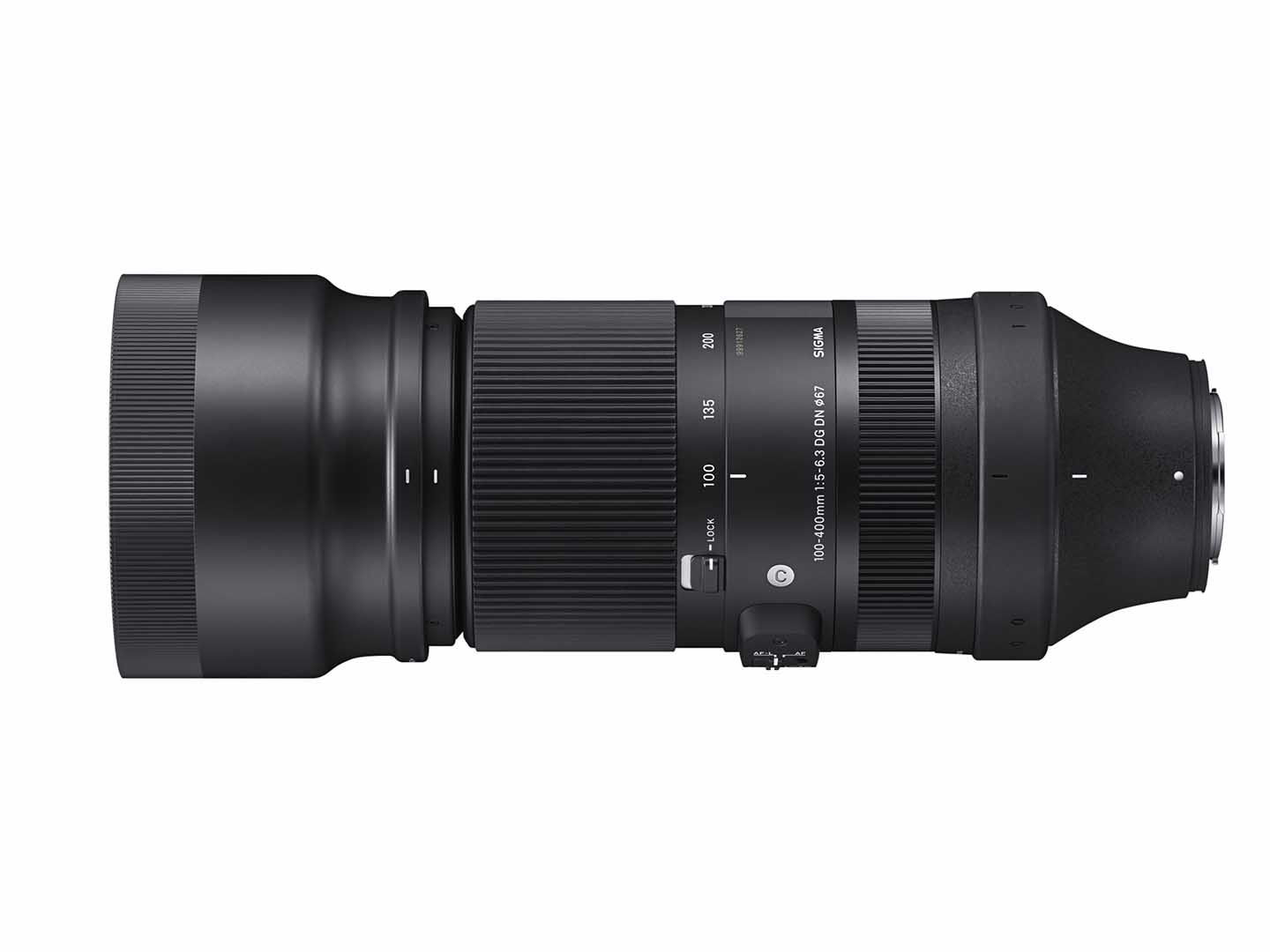
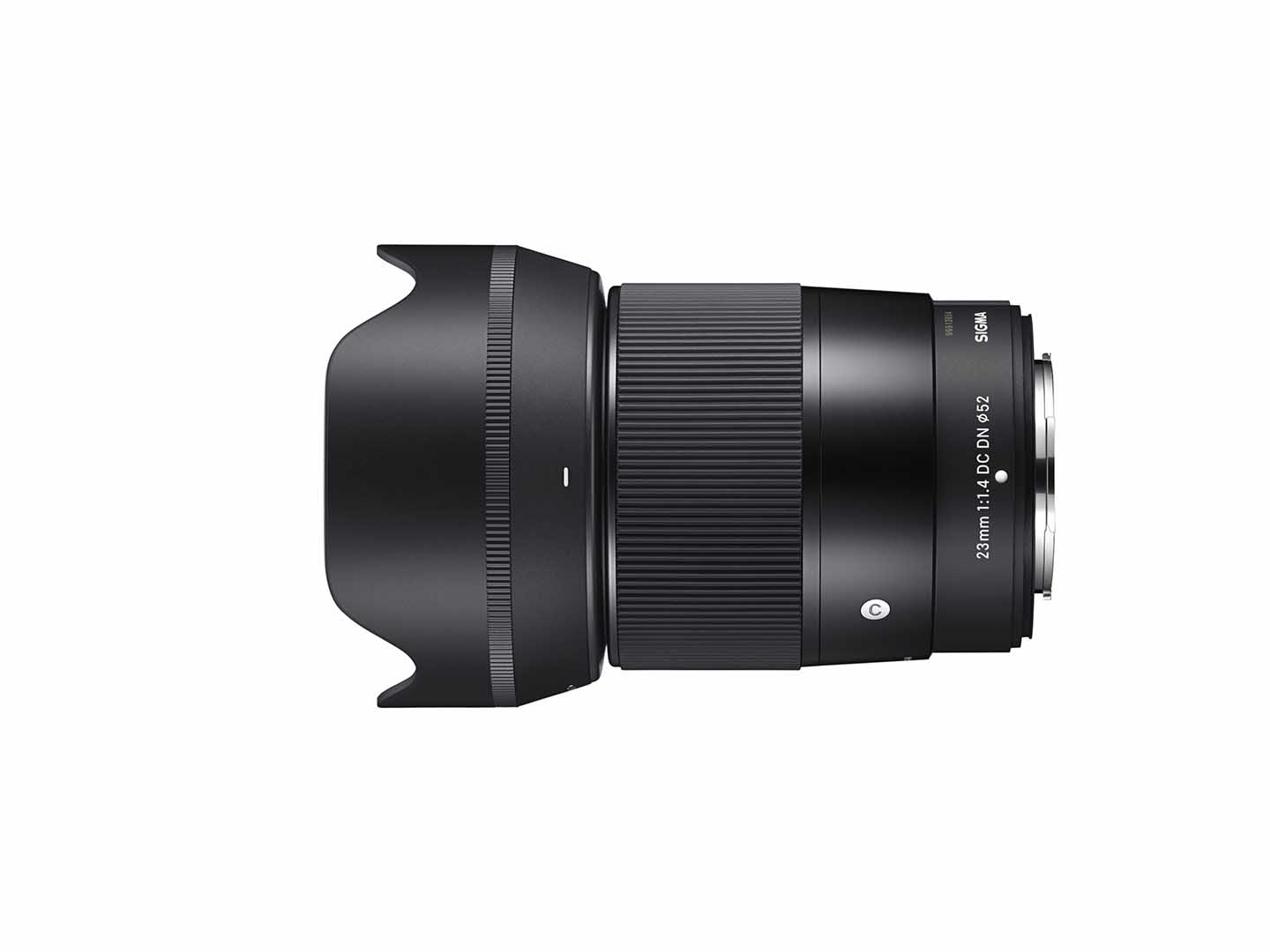
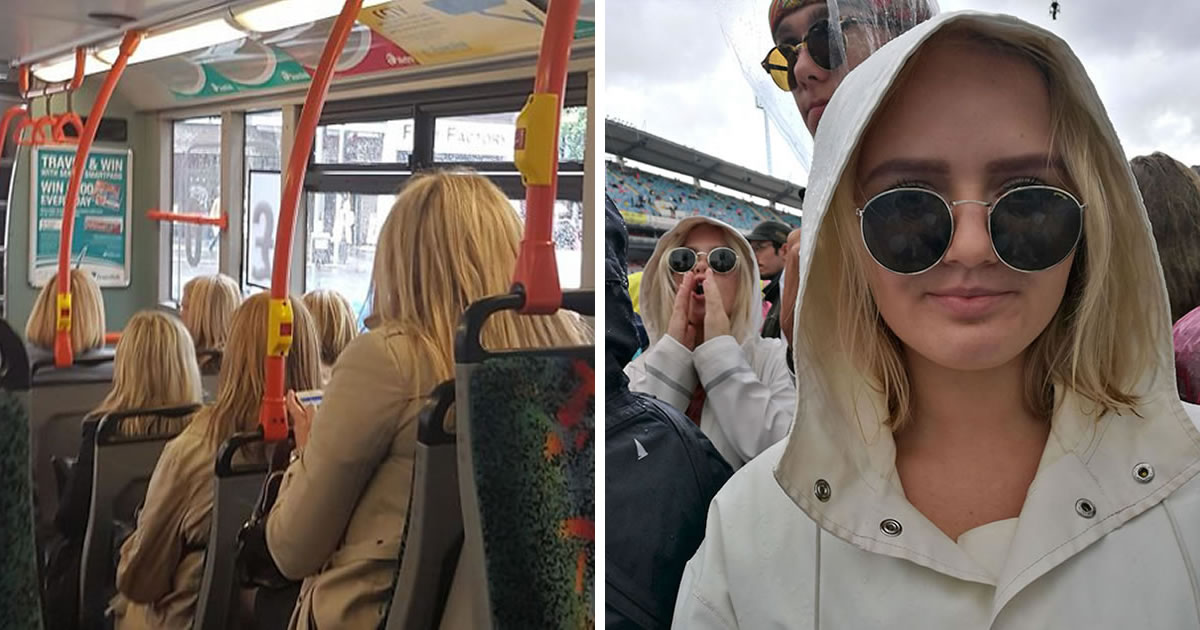


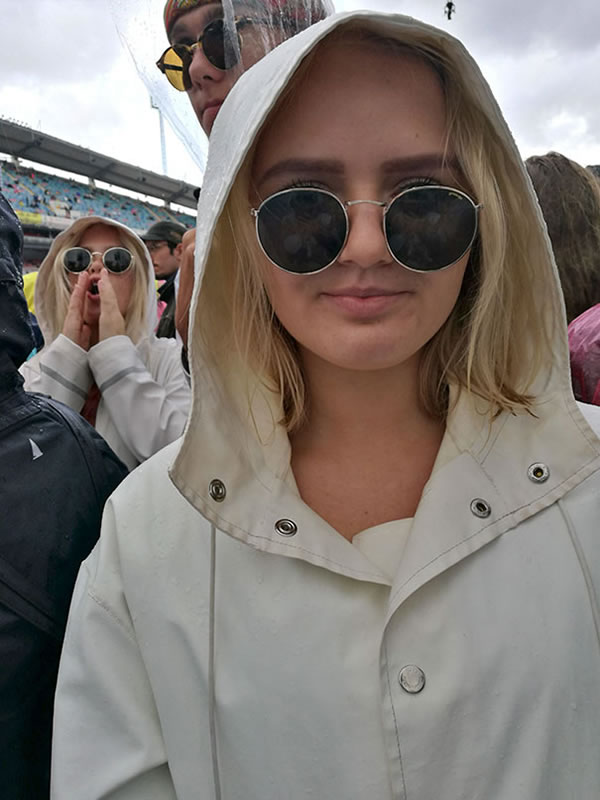


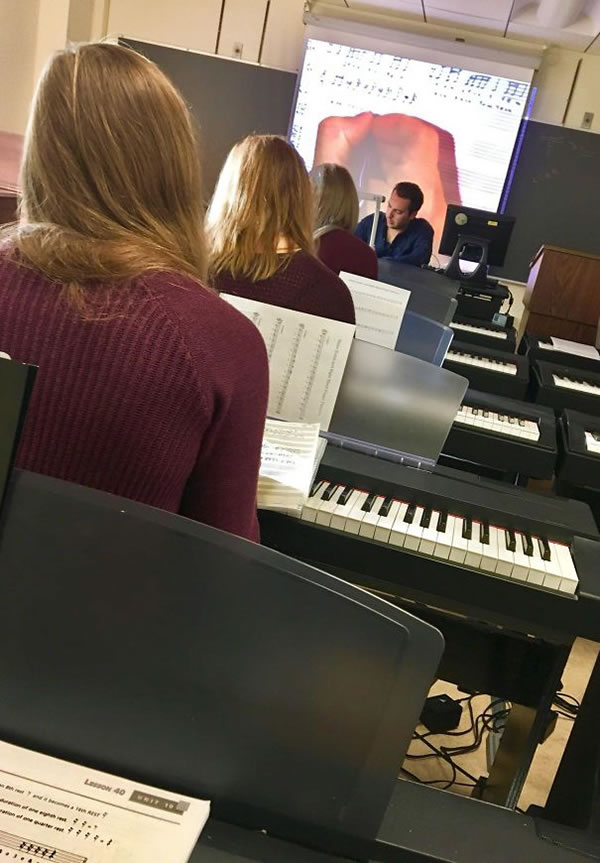



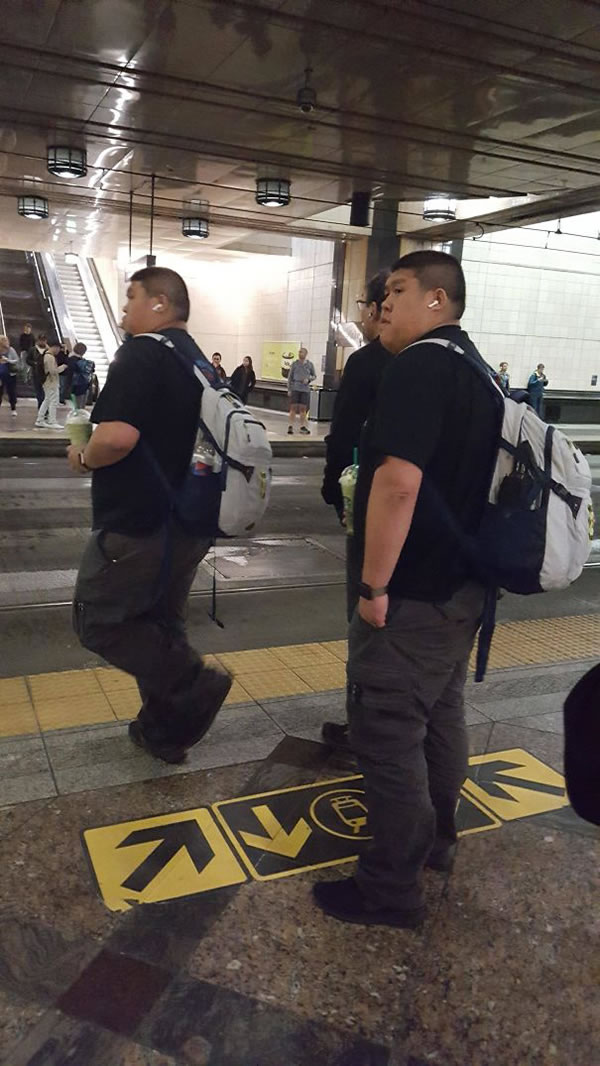

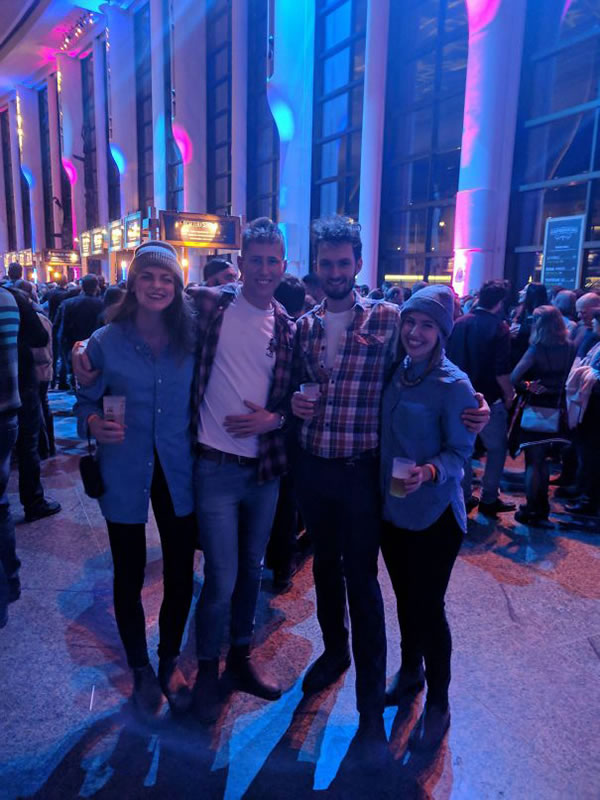
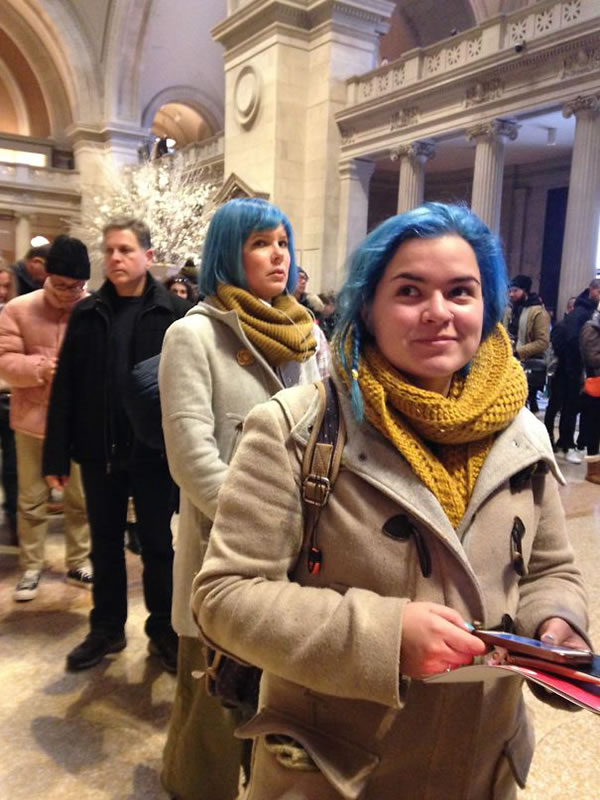












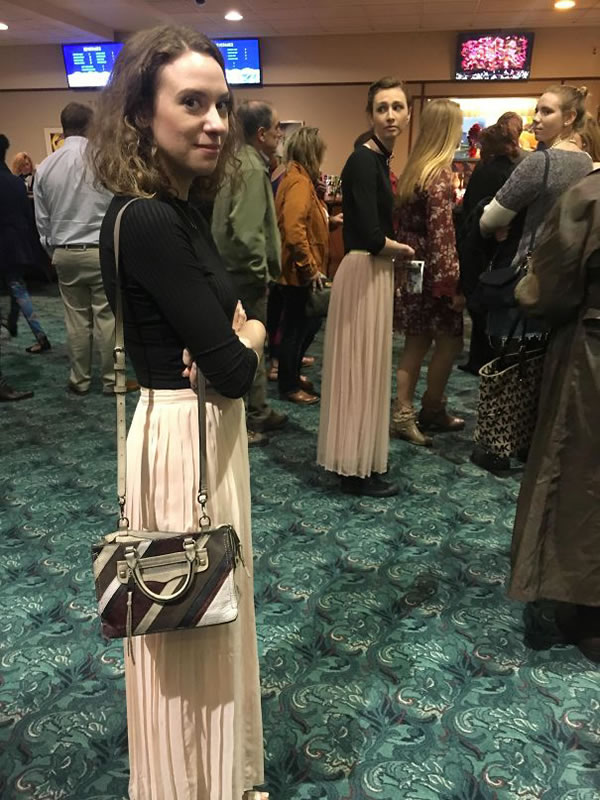




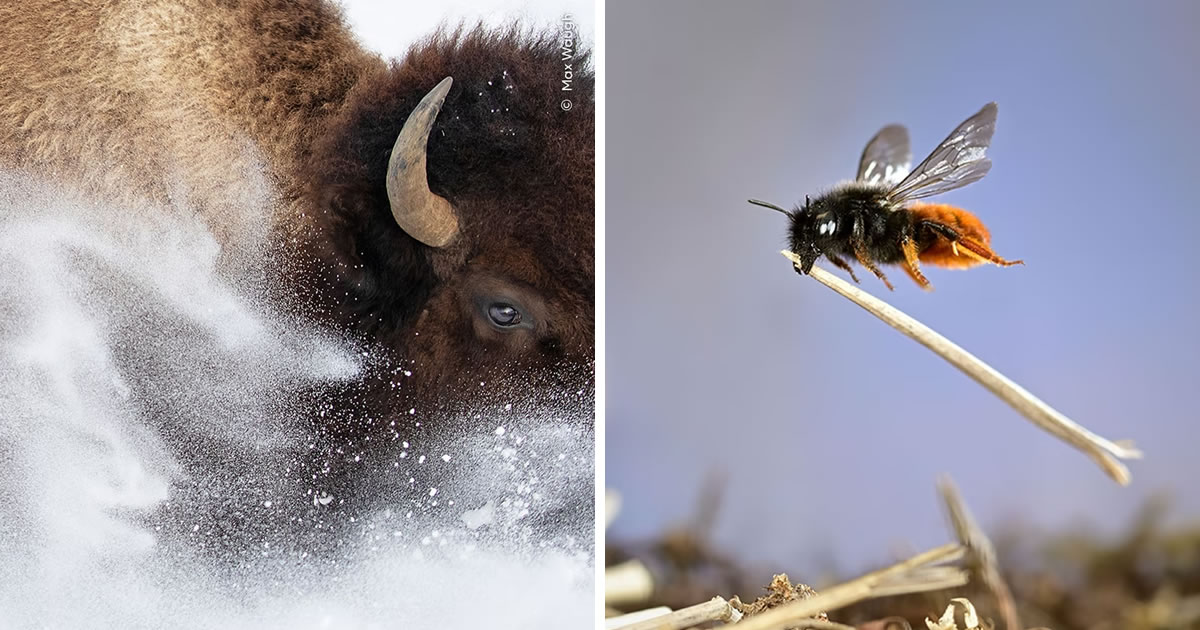
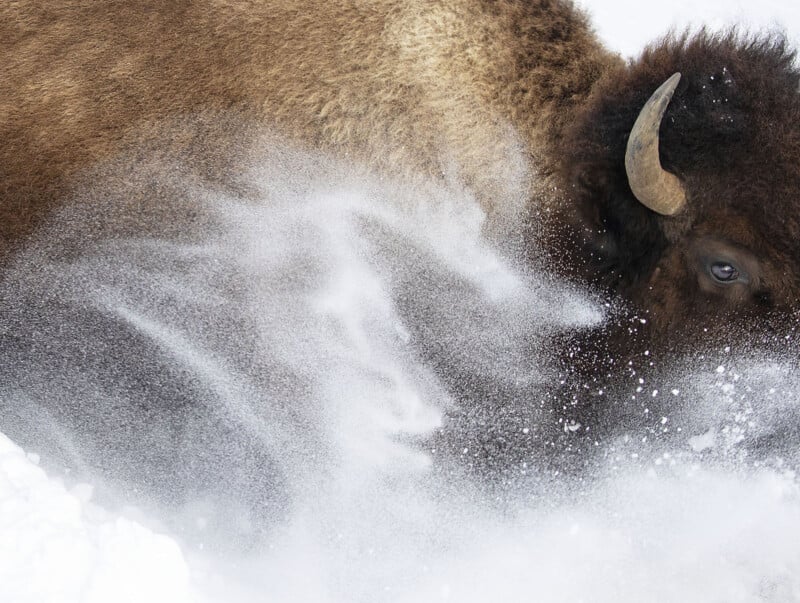
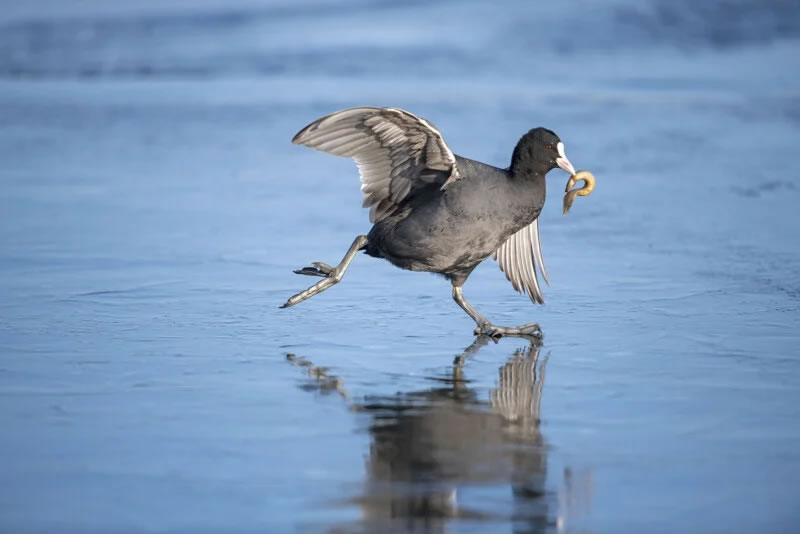
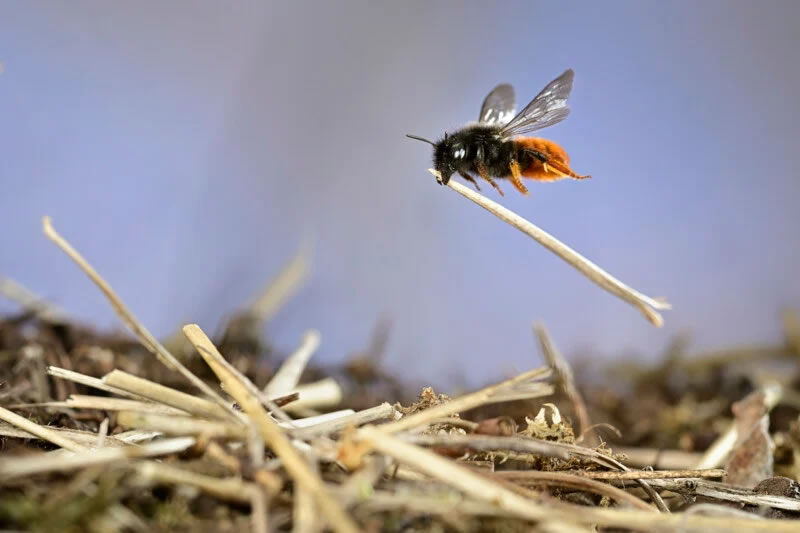
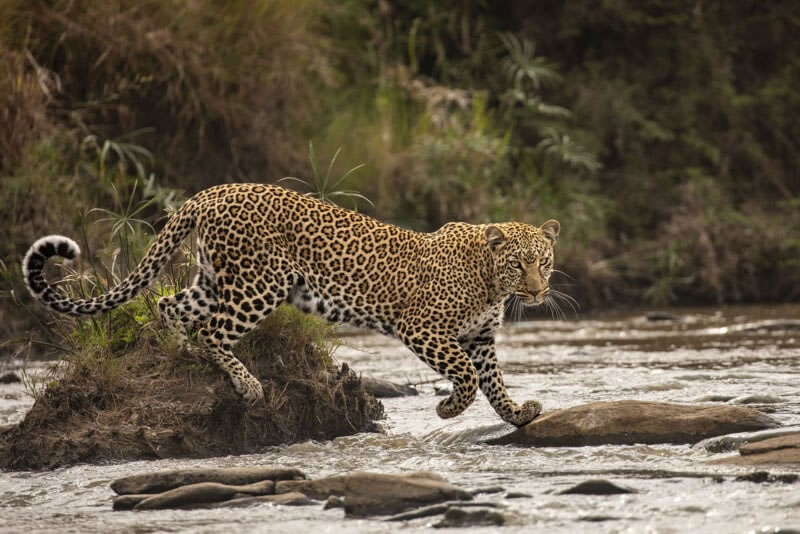
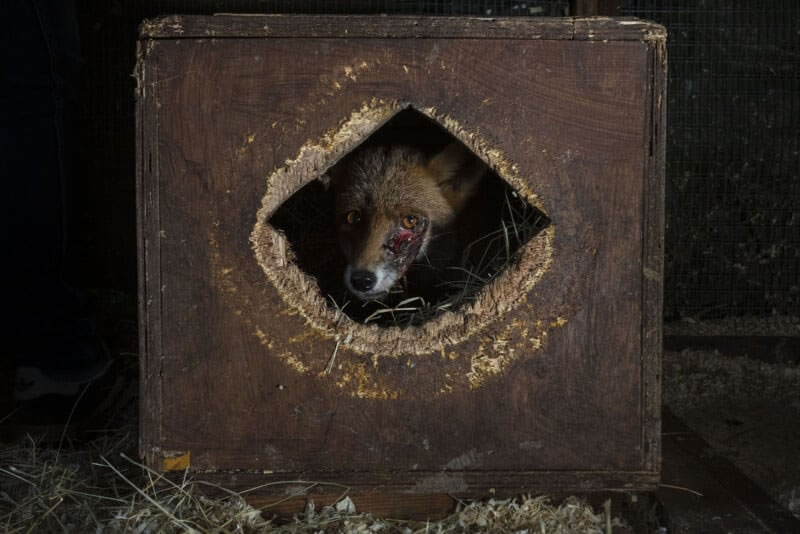
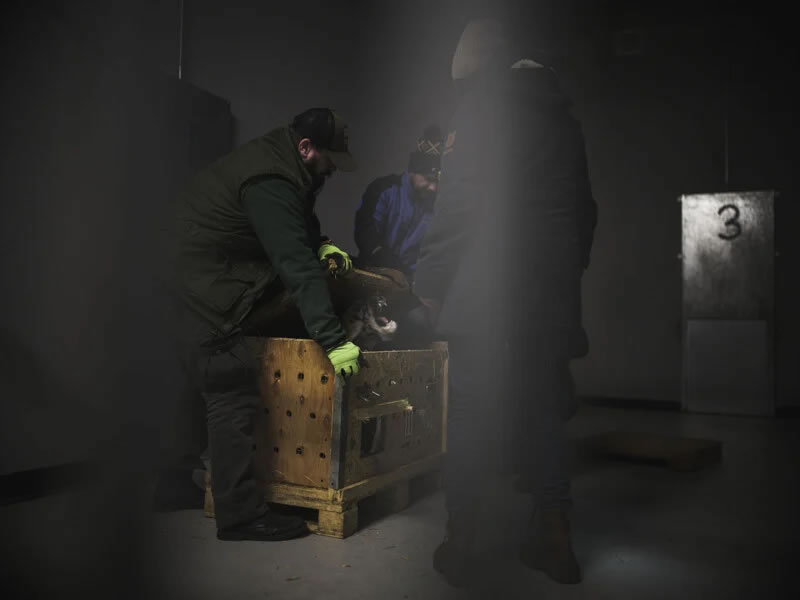

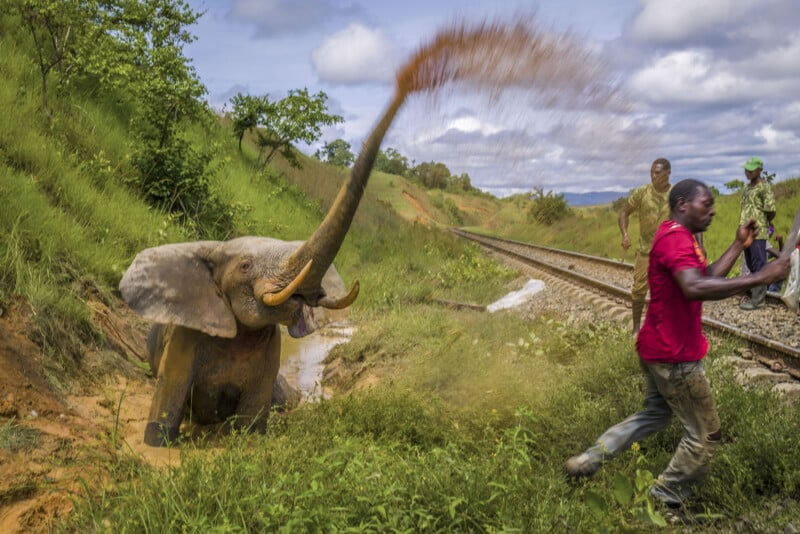
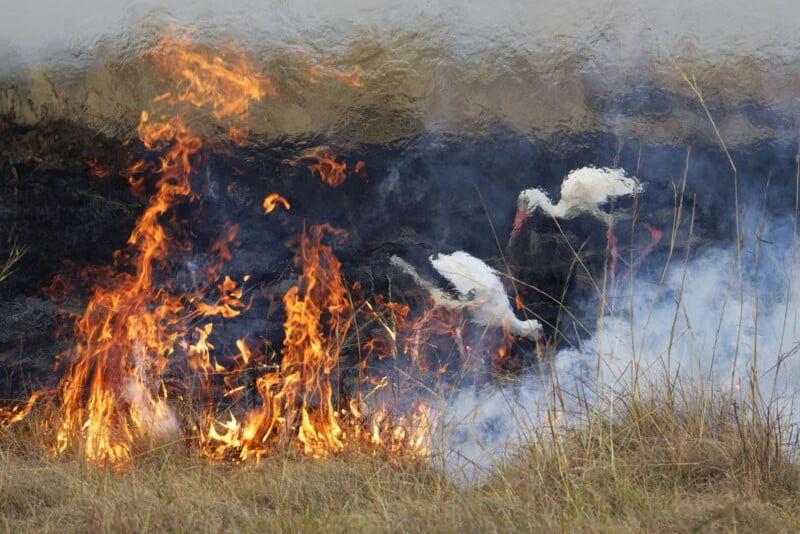
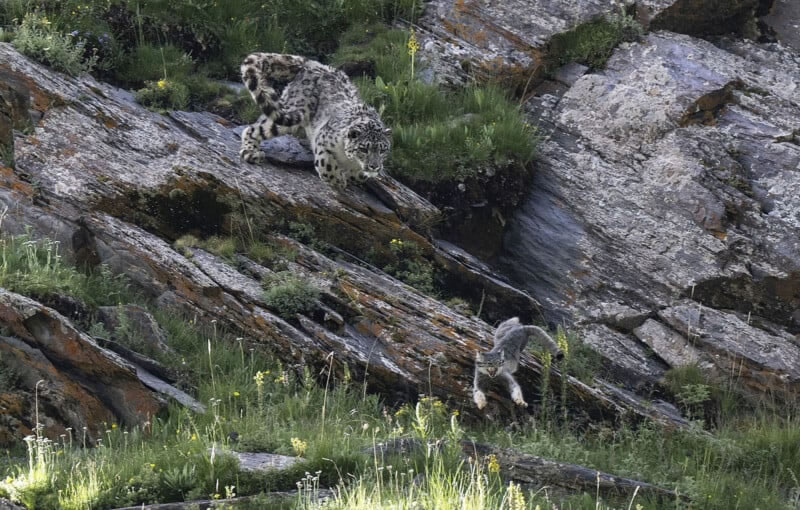
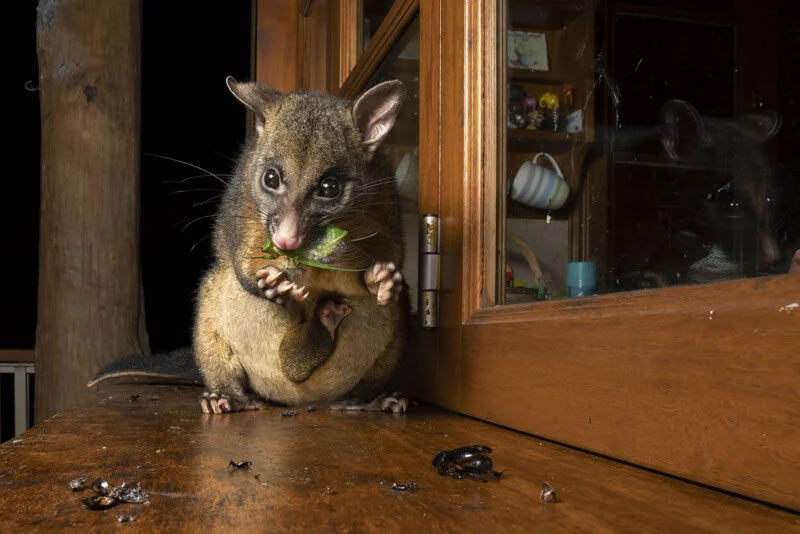
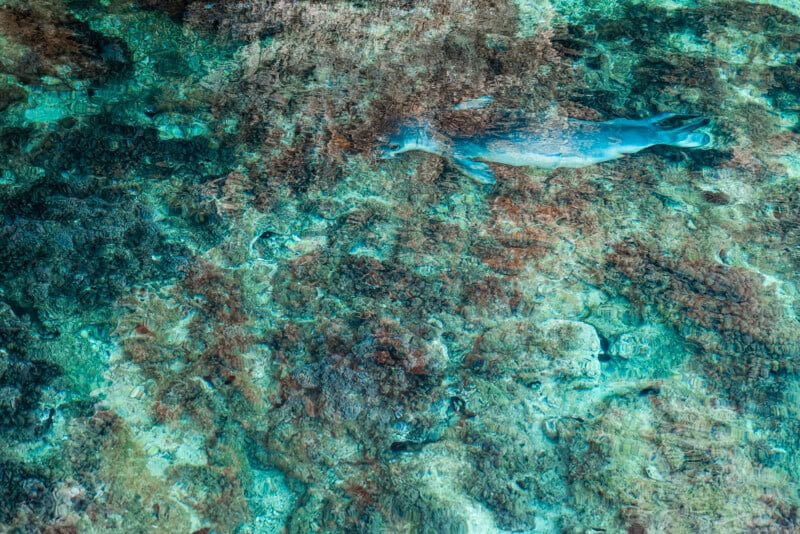
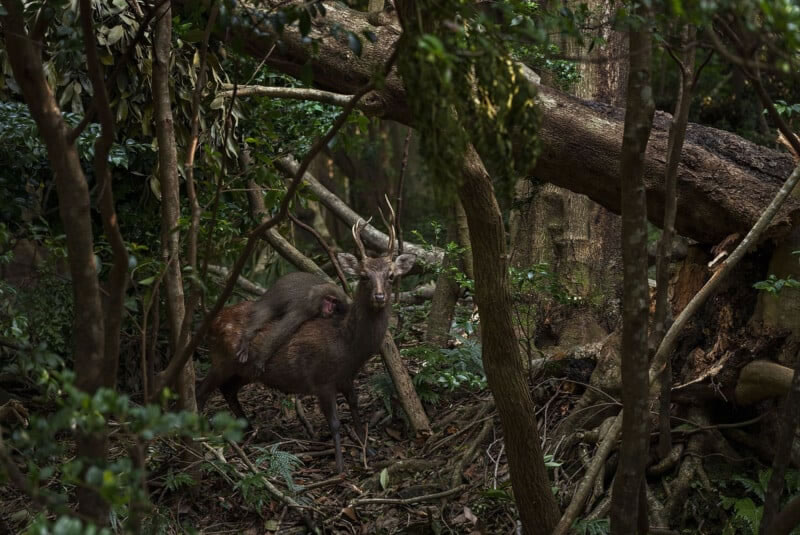
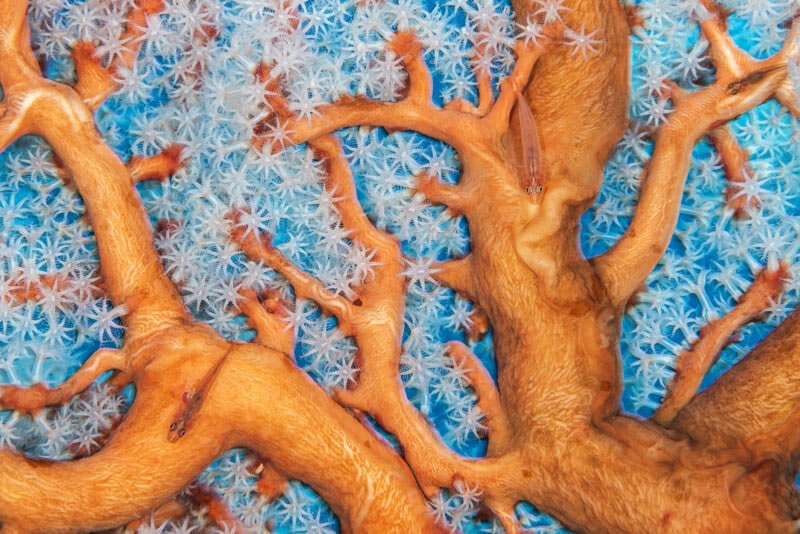
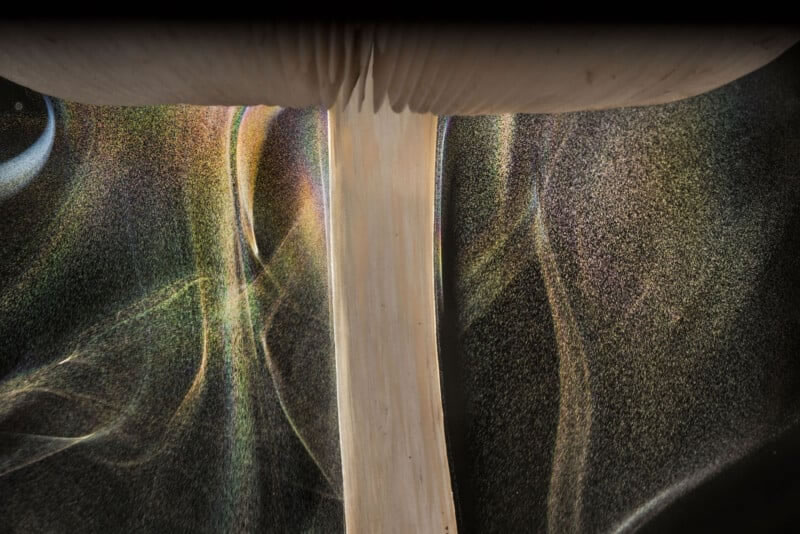
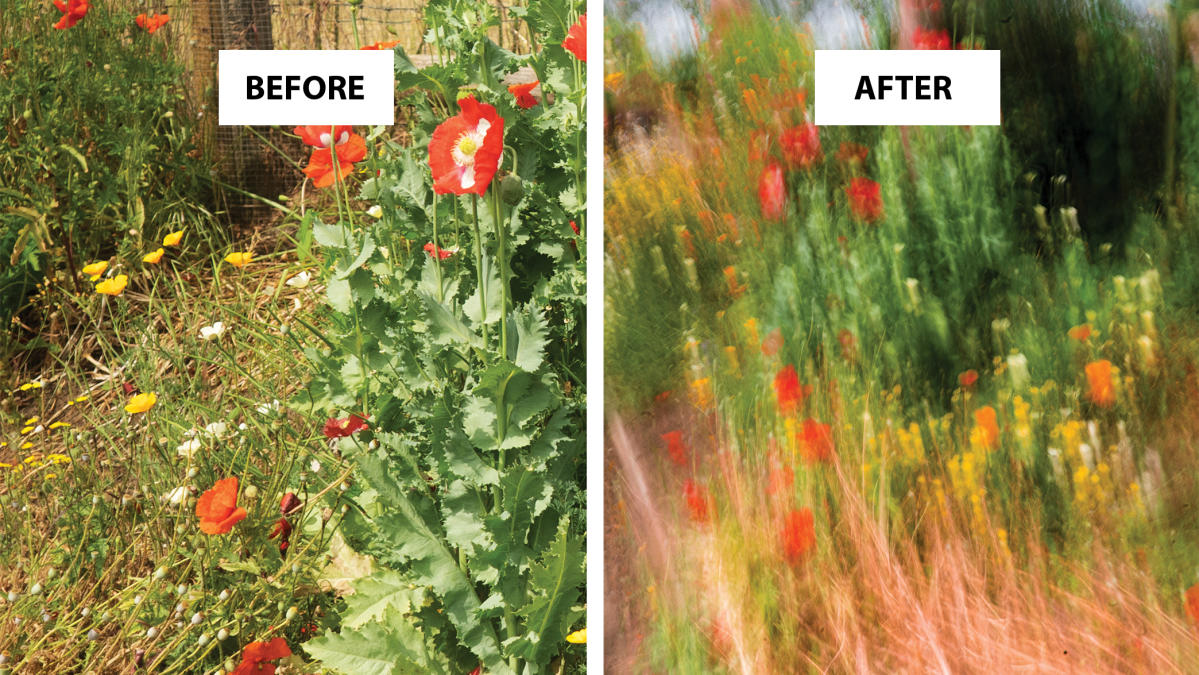
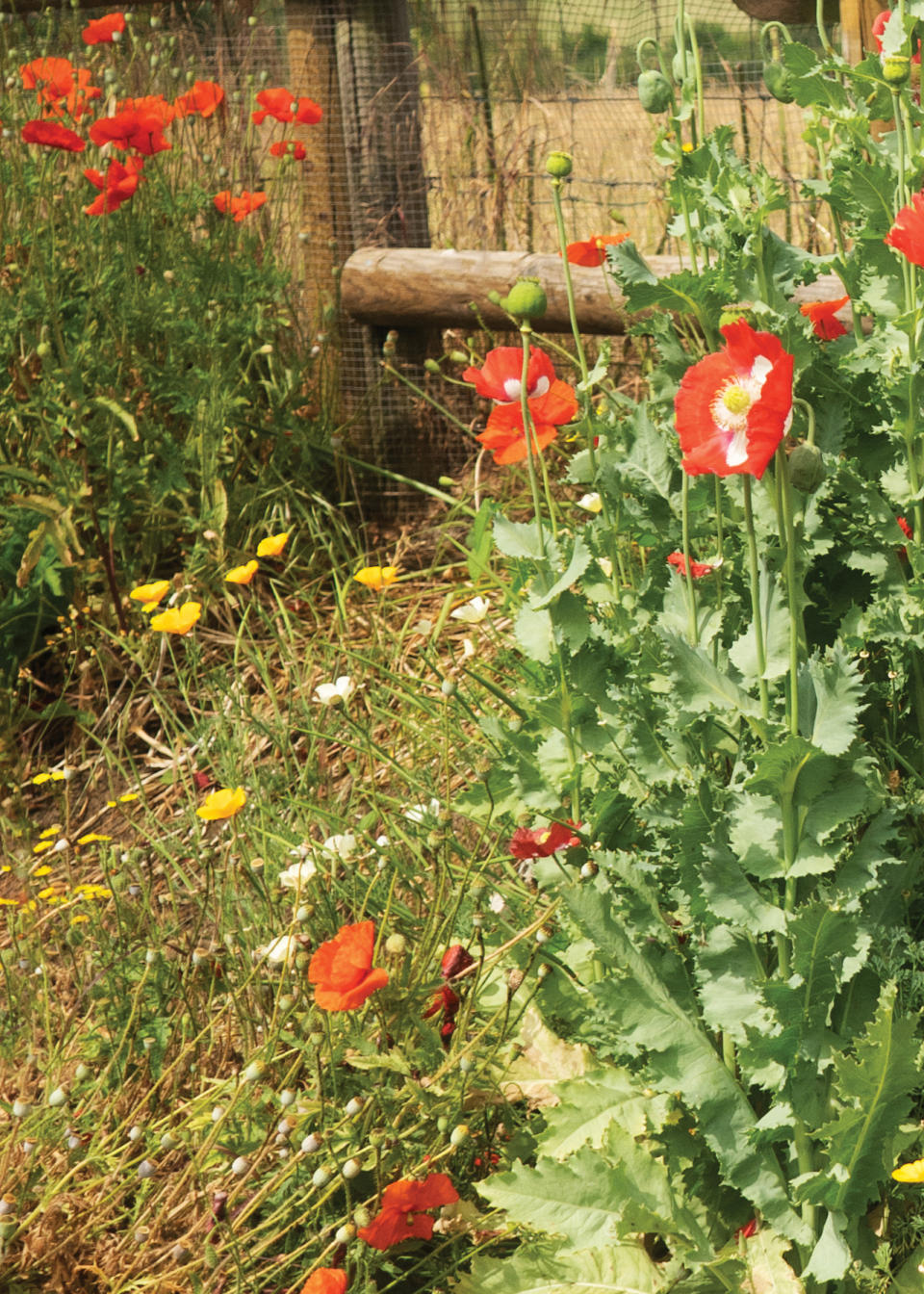
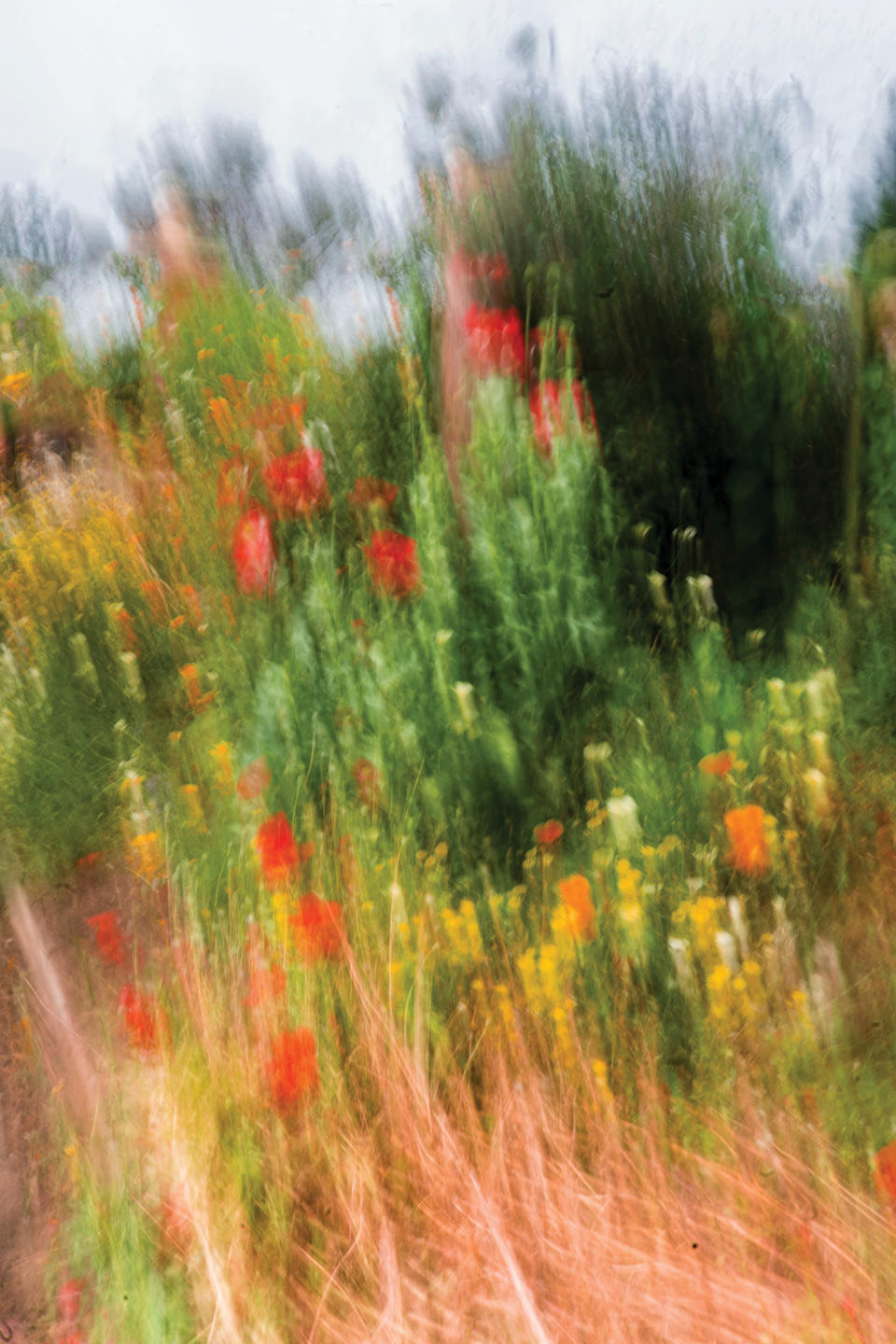

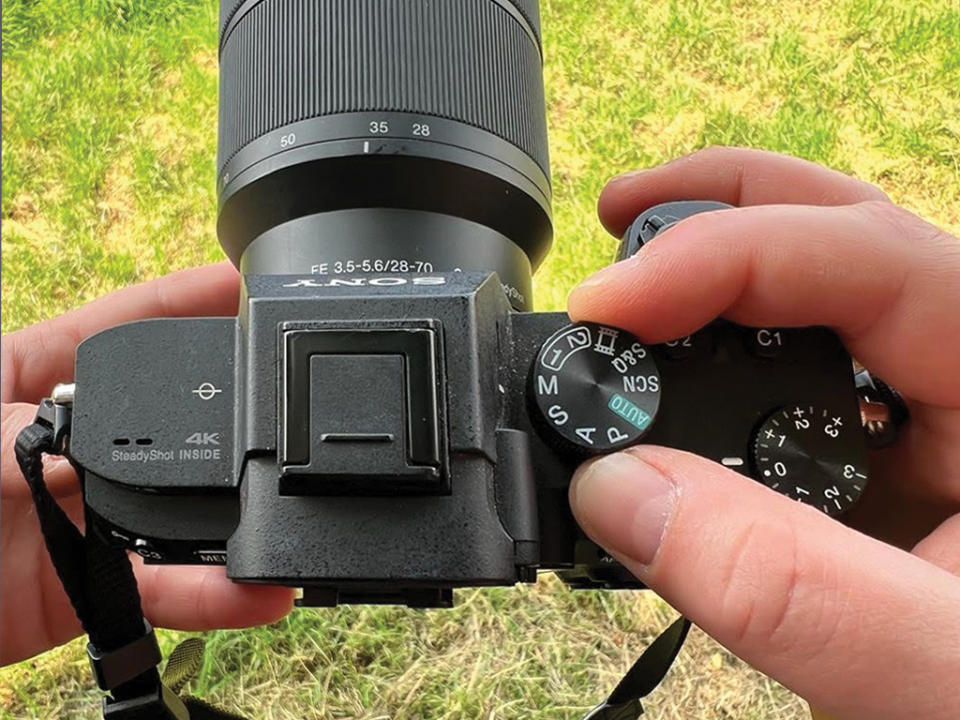
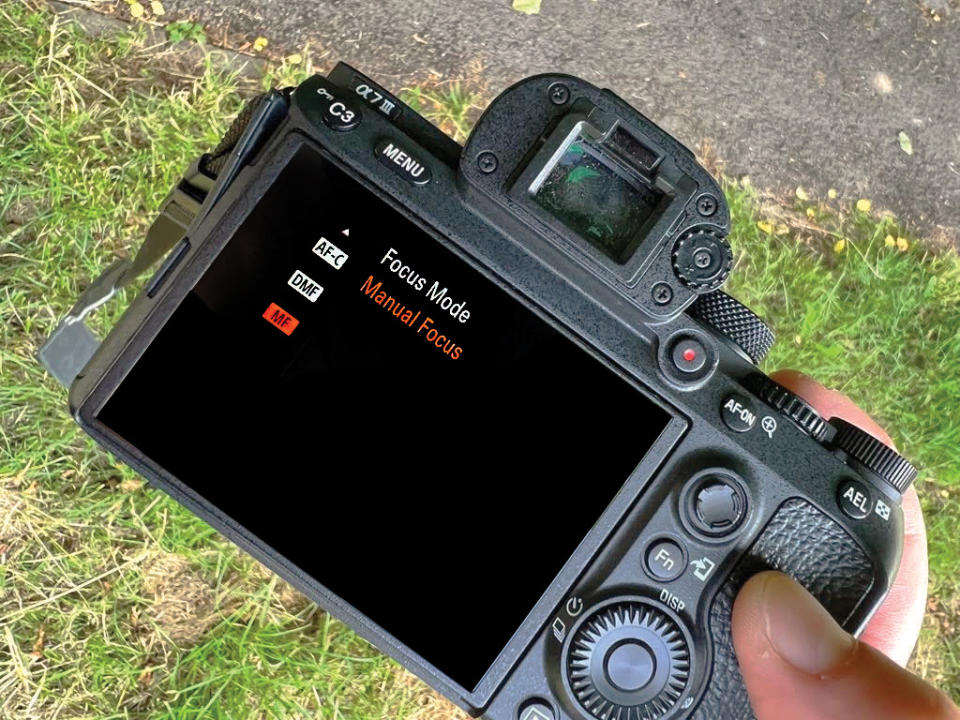
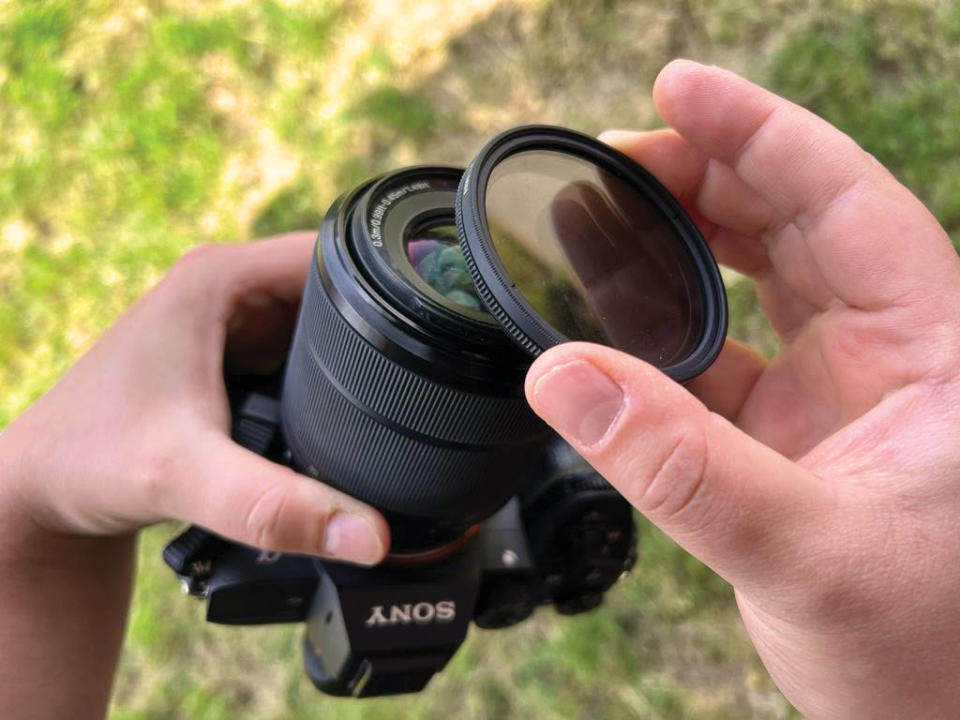
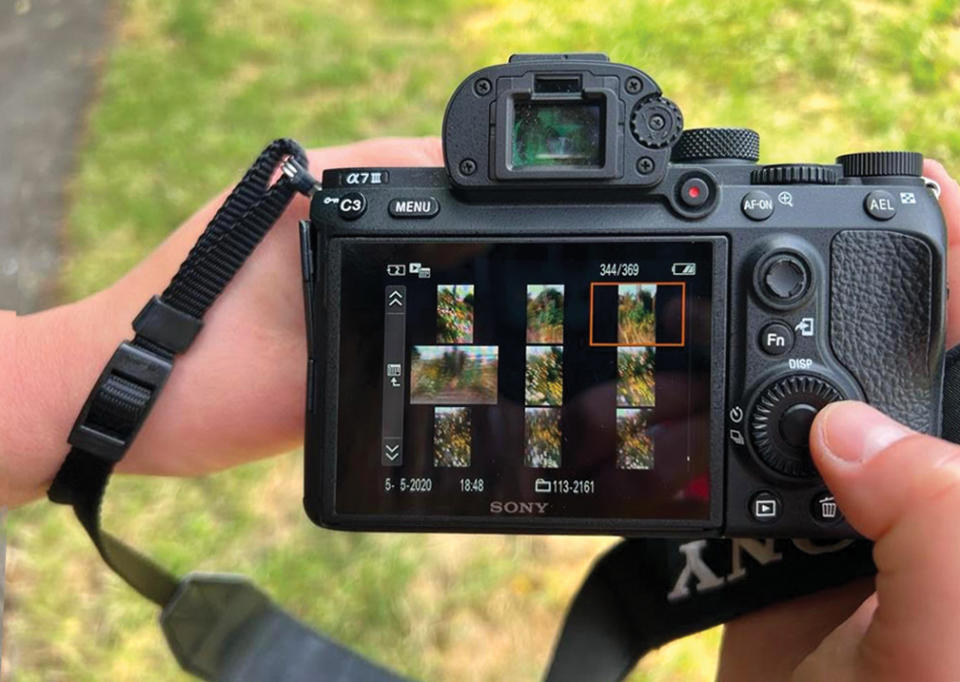
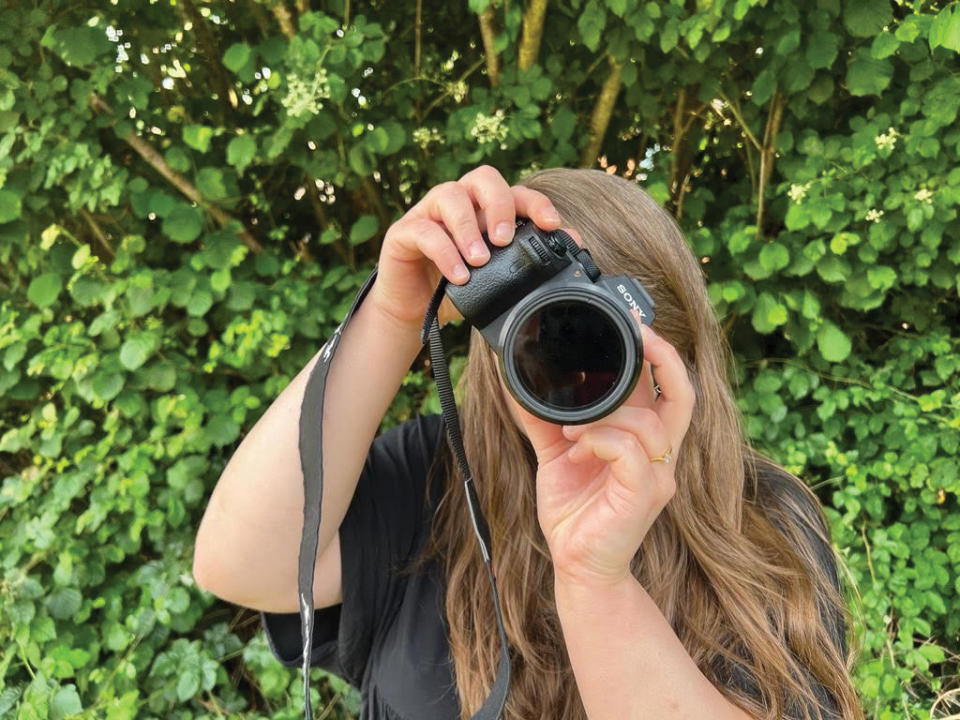

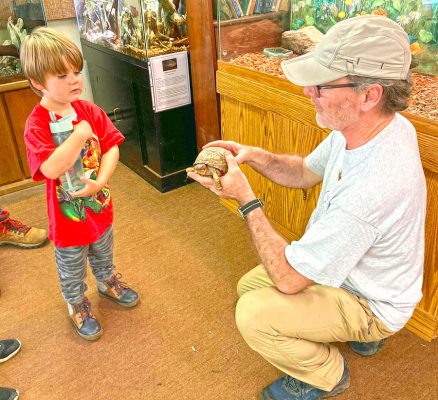 The Friends of Five Mile woods will offer free nature walks to the public at the Five Mile Woods nature preserve on Sunday, September 24th starting at noon, and taking place throughout the afternoon until 3:30pm. Participants will experience the signs of fall and learn about a variety of plants and animals that make Five Mile Woods their home.
The Friends of Five Mile woods will offer free nature walks to the public at the Five Mile Woods nature preserve on Sunday, September 24th starting at noon, and taking place throughout the afternoon until 3:30pm. Participants will experience the signs of fall and learn about a variety of plants and animals that make Five Mile Woods their home.








